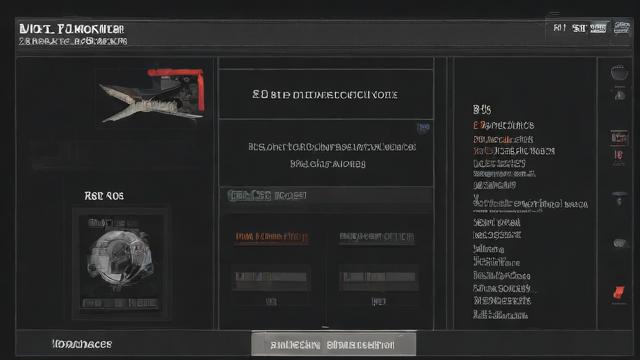qen英语怎么说读
"quen" 在英语中的发音是 /kjuːən/,这个单词通常用于表示“淬火”的过程,即通过快速冷却来硬化金属的一种热处理工艺,以下是关于 "quen" 及其相关概念的详细解释:
quenching process

定义: Quenching is a heat treatment process used to increase the hardness of steel by rapid cooling. The process involves heating the steel to a high temperature and then cooling it quickly in water, oil, or another liquid medium. This rapid cooling causes the formation of martensite, a very hard phase of iron, which increases the strength and hardness of the metal.
步骤:
1、加热: 将钢加热到奥氏体化温度(通常是723°C以上)。
2、保温: 保持该温度一段时间,以确保整个材料均匀加热。
3、冷却: 迅速将加热后的钢放入冷却介质中,如水或油。
4、回火: 有时需要进行回火处理以减少脆性并增加韧性。
types of quenching media
水淬: Water quenching is the most common method. It provides a very rapid cooling rate but can cause warping or cracking if not done properly.

油淬: Oil quenching is slower than water quenching and is less likely to cause distortion or cracking. However, it may not provide as high a hardness as water quenching.
空气淬: Air quenching is the slowest method and is typically used for alloys that are prone to cracking during faster cooling methods.
advantages and disadvantages of quenching
| Advantages | Disadvantages |
| Increases hardness and strength | Can cause warping or cracking |
| Improves wear resistance | Requires precise control of temperature and time |
| Enhances fatigue resistance | May require additional tempering to reduce brittleness |
| Provides better surface finish | Not suitable for all materials |
applications of quenching
Quenching is widely used in various industries where high strength and durability are required. Some common applications include:
Automotive industry: For manufacturing gears, shafts, and other critical components.
Tool manufacturing: To produce cutting tools, dies, and molds.
Aerospace industry: For making landing gear, structural components, and engine parts.

Construction equipment: In the production of heavy machinery parts.
faqs
Q1: What happens if the quenching process is not done correctly?
A1: If the quenching process is not done correctly, it can lead to several issues such as warping, cracking, or insufficient hardening of the material. Proper control of temperature, time, and cooling medium is crucial to achieve the desired properties.
Q2: Is there a difference between quenching and tempering?
A2: Yes, there is a significant difference between quenching and tempering. Quenching involves rapid cooling to increase hardness, while tempering involves reheating the quenched material to a lower temperature and then cooling it slowly to reduce brittleness and improve toughness. These two processes are often used together to optimize the mechanical properties of steel.
作者:豆面本文地址:https://www.jerry.net.cn/articals/9498.html发布于 2025-01-02 09:23:36
文章转载或复制请以超链接形式并注明出处杰瑞科技发展有限公司








